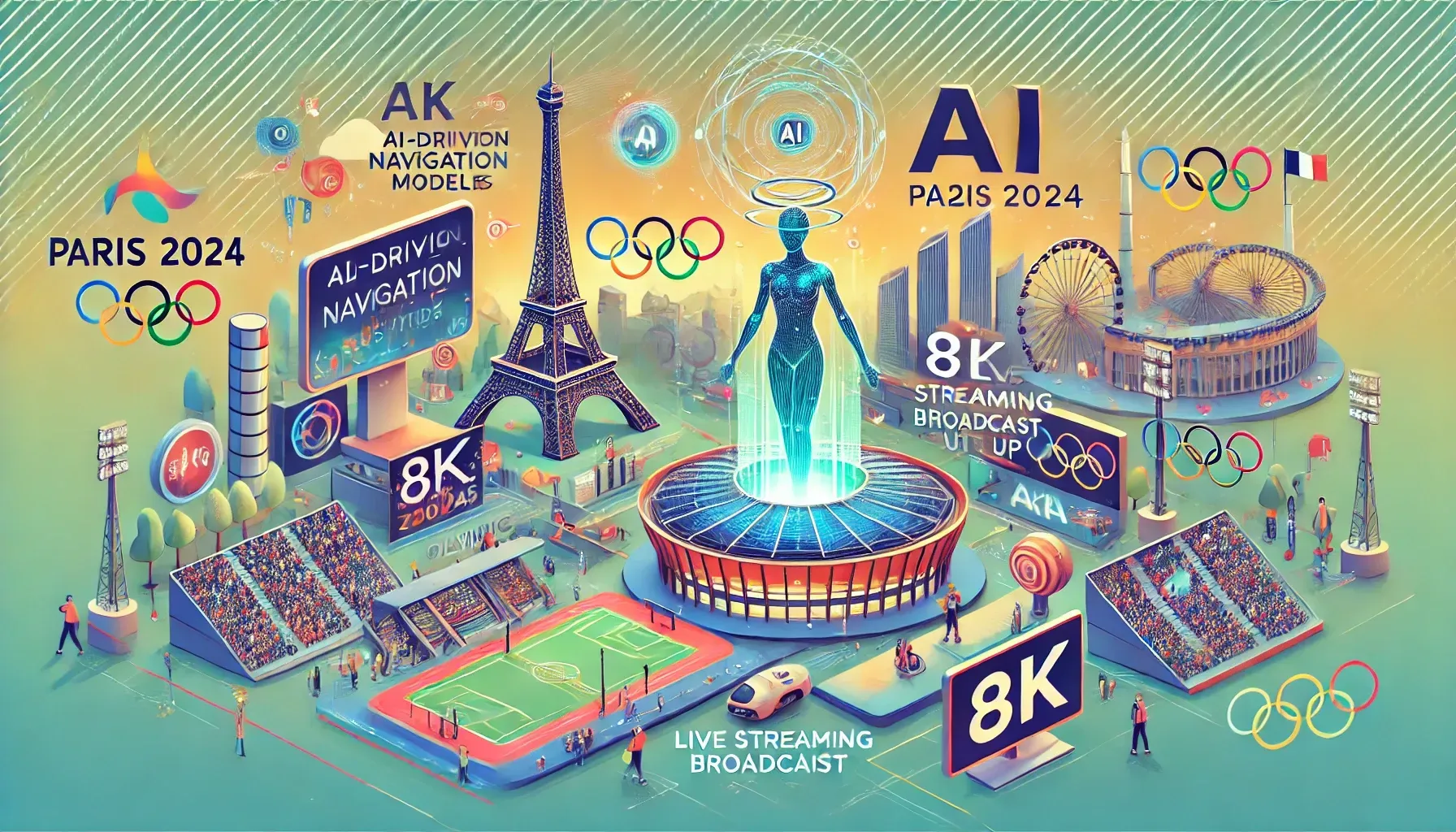Distinguishing GPT-3.5 from GPT-4 and the Value of Subscription
Understanding OpenAI's Language Models: A Comparative Look at GPT-3.5 and GPT-4

The world of Artificial Intelligence (AI) is an ever-evolving landscape, and the transition from GPT-3.5 to GPT-4 by OpenAI is a testament to this. Both versions have their strengths and are suited to different applications, making the choice between them dependent on specific user requirements.
GPT-3.5, as the name suggests, serves as a bridge between GPT-3 and GPT-4. Its key improvements over GPT-3 lie in increased speed and reduced cost of operation, making it an appealing choice for those prioritizing efficiency and affordability. GPT-3.5 Turbo, a specialized variant, is fine-tuned specifically for chat purposes, although it maintains the ability to perform the range of tasks that the core GPT-3.5 model can handle.
In contrast, GPT-4 is the latest and most advanced language model by OpenAI, boasting a staggering (rumored) 1 trillion parameters compared to the 175 billion parameters of GPT-3. It is capable of accepting both text and image inputs and generates text outputs that showcase human-level performance on an array of professional and academic benchmarks. GPT-4's significant improvement over GPT-3 lies in its enhanced reliability, creativity, and ability to process more nuanced instructions. These enhancements result in fewer logic and other reasoning errors with more complex prompts.
However, with advanced technology comes greater demand for resources. GPT-4 has higher computational power requirements, making it less accessible to smaller organizations or individual developers who may not have the resources to invest in such a high-powered machine. It also has a larger model size, which enables it to handle more complex tasks and generate more accurate responses thanks to its extensive training dataset. The downside, though, is the increased energy consumption during the training process, raising environmental concerns.
Yet, GPT-4 outshines GPT-3.5 in many aspects. It is capable of writing more complex code, solving more complex problems, and learning more quickly. Also, GPT-4 is much less likely to provide biased or offensive answers, and it is less prone to making factual inaccuracies. However, it is slower to respond and generate text compared to GPT-3.5, largely due to its larger size and higher processing requirements and costs.
For applications requiring complex reasoning or processing of over 3000 words at once, GPT-4 is the preferred model. On the other hand, if computational resources or speed are a concern, GPT-3.5 might be a better choice.
When it comes to pricing, GPT-4 comes at a cost of $0.03 / 1K tokens for input and $0.06 / 1K tokens for output in an 8K context. In a 32K context, these costs double to $0.06 / 1K tokens for input and $0.12 / 1K tokens for output. In contrast, the ChatGPT models, including GPT-3.5 Turbo, have a lower cost of $0.0015 / 1K tokens for input and $0.002 / 1K tokens for output in a 4K context, and double these costs in a 16K context.
OpenAI offers a paid subscription plan, ChatGPT Plus, for $20/month, which provides several benefits including general access to ChatGPT even during peak times, faster response times, and priority access to new features and improvements. This subscription helps support the availability of free access to as many people as possible.
Here is a summary of the differences and similarities:
| Feature | GPT-3.5 | GPT-4 |
| Speed | Faster response | Slower due to larger model size |
| Computational cost | Lower | Higher |
| Biases/offensive answers | More likely | Less likely |
| Factual inaccuracies | More likely | Less likely |
| Complexity of tasks | Handles less complex tasks | Handles more complex tasks |
| Training data | Less extensive | More extensive |
| Size (parameters) | 175 billion (approx.) | 1 trillion (approx.) |
In conclusion, the choice between GPT-3.5 and GPT-4 largely depends on the specific needs and resources of the user. For those who can afford the higher computational costs and are in need of a more advanced, sophisticated AI, GPT-4 is an excellent choice. On the other hand, for users who prioritize speed, cost-effectiveness, and still want a highly functional AI, GPT-3.5 is a strong contender. Regardless of the model, subscribing to ChatGPT Plus can enhance the user experience, providing faster response times and priority access to new features and improvements.
If you have a paid subscription you can not only use GPT-4 but you can also make use of dozens of plugins. Check our list with plugins to learn more.
ChatGPT Prompts Hub blog



